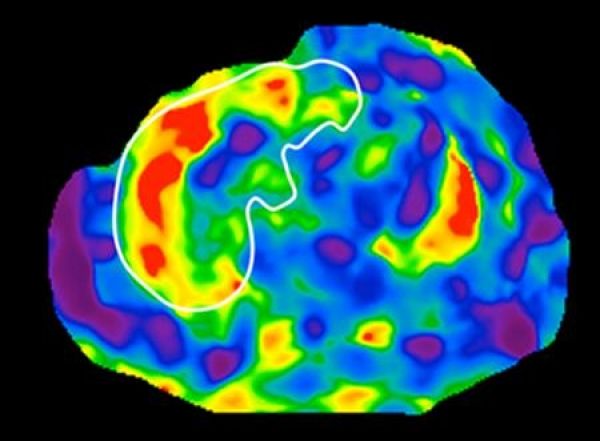For the estimated 100 million U.S. adults and children living with nonalcoholic fatty liver disease (NAFLD), whether or not they have liver cirrhosis, or scarring, is an important predictor for survival. Yet it’s difficult and invasive to detect liver cirrhosis before it is well advanced. In an effort to quickly and easily identify people at high risk for NAFLD-cirrhosis, researchers in the NAFLD Research Center and Center for Microbiome Innovation at University of California San Diego identified unique patterns of bacterial species in the stool of people with the condition.
The study publishes March 29, 2019 in Nature Communications.
“If we are better able to diagnose NAFLD-related cirrhosis, we will be better at enrolling the right types of patients in clinical trials, and ultimately will be better equipped to prevent and treat it,” said senior author Rohit Loomba, MD, professor of medicine in the Division of Gastroenterology at UC San Diego School of Medicine, director of the NAFLD Research Center and a faculty member in the Center for Microbiome Innovation at UC San Diego. “This latest advance toward a noninvasive stool test for NAFLD-cirrhosis may also help pave the way for other microbiome-based diagnostics and therapeutics, and better enable us to provide personalized, or precision, medicine for a number of conditions.”
Read more at University of California - San Diego
Image: Magnetic resonance elastography (MRE) scan of the liver showing elevated liver stiffness consistent with cirrhosis. MRE is a non-invasive, imaging-based biomarker for detection of cirrhosis. (Credit: UC San Diego Health)


